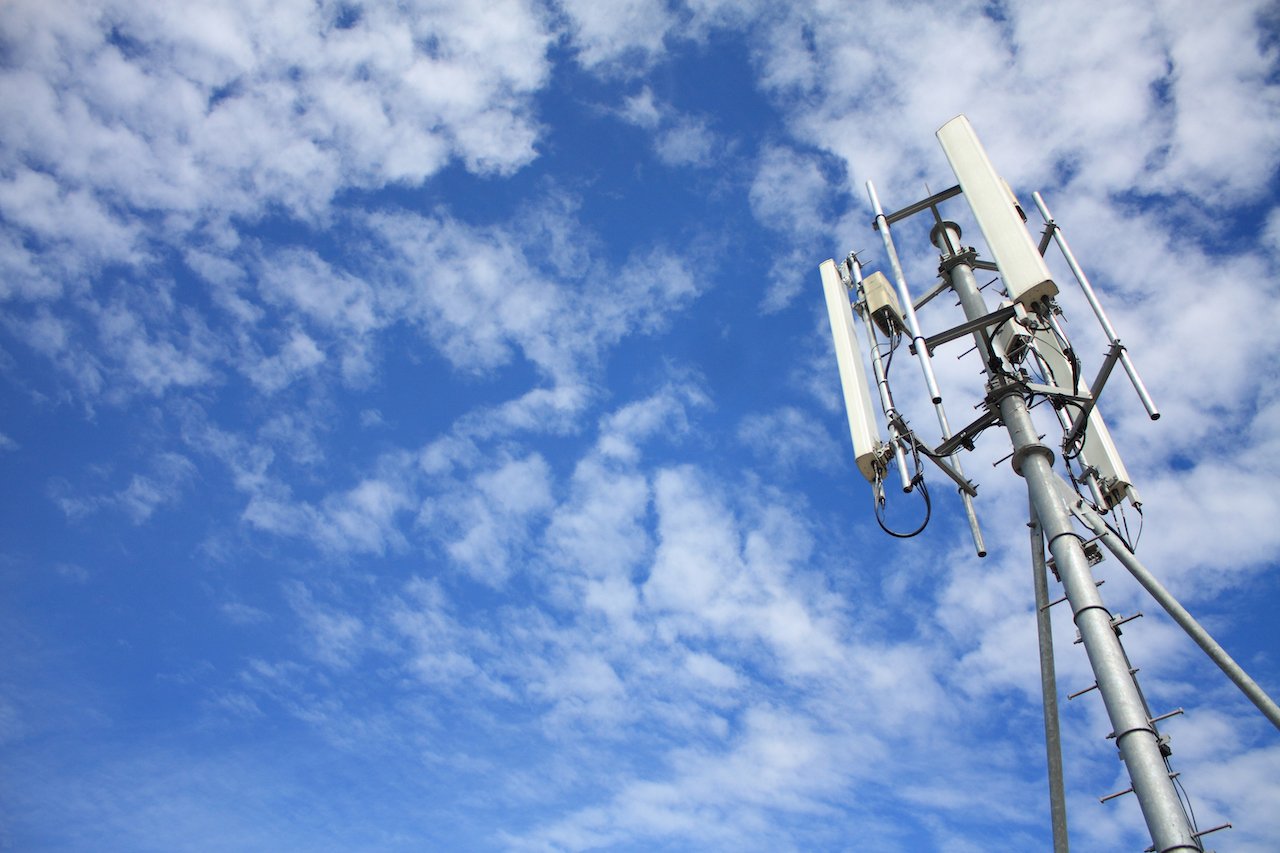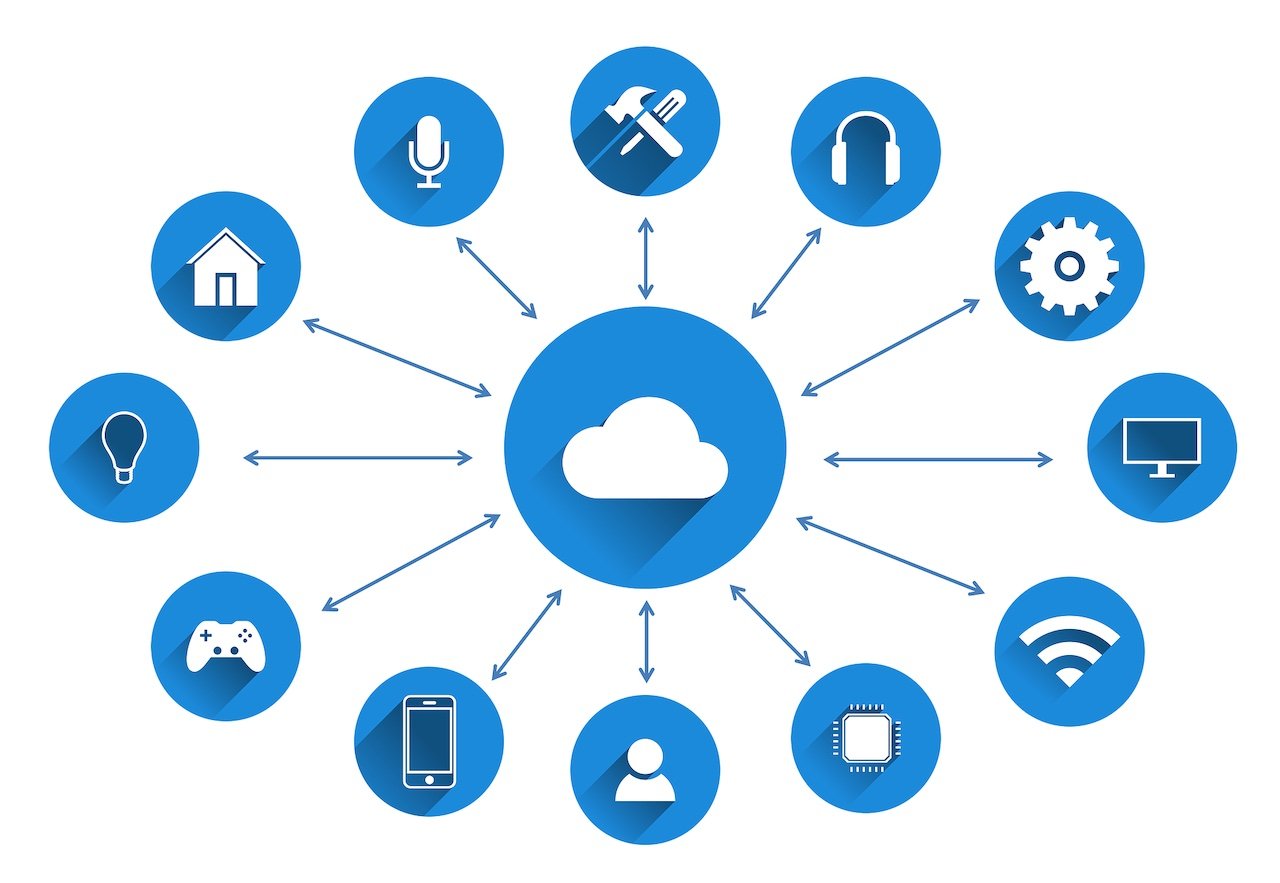
- March 2025 (2)
- February 2025 (1)
- December 2024 (2)
- November 2024 (2)
- August 2024 (2)
- June 2024 (3)
- May 2024 (3)
- April 2024 (1)
- March 2024 (3)
- February 2024 (2)
- January 2024 (2)
- December 2023 (1)
- November 2023 (2)
- October 2023 (2)
- September 2023 (1)
- August 2023 (1)
- July 2023 (2)
- June 2023 (3)
- May 2023 (2)
- April 2023 (1)
- March 2023 (4)
- February 2023 (1)
- January 2023 (2)
- November 2022 (2)
- October 2022 (1)
- September 2022 (1)
- August 2022 (2)
- July 2022 (2)
- June 2022 (2)
- May 2022 (1)
- April 2022 (3)
- March 2022 (1)
- February 2022 (3)
- January 2022 (2)
- December 2021 (1)
- November 2021 (1)
- October 2021 (2)
- September 2021 (3)
- August 2021 (1)
- July 2021 (4)
- June 2021 (1)
- May 2021 (2)
- April 2021 (2)
- March 2021 (2)
- February 2021 (3)
- January 2021 (3)
- December 2020 (1)
- October 2020 (1)
- August 2020 (1)
- August 2019 (1)
- January 2019 (2)
- September 2018 (5)
- June 2018 (1)
- November 2017 (1)
- September 2017 (1)
- July 2017 (1)
- May 2017 (1)
- January 2017 (1)
- October 2016 (2)
- August 2016 (1)
- July 2016 (1)
- June 2016 (1)
Subscribe by email
Gone are the days when cellular networks were primarily used to transmit voice, connecting one person to another faster and farther away through a single device. IoT has taken advantage of widespread cellular coverage and expanded the use of cellular networks to connect the digital and physical worlds with cellular IoT devices, like a business’s video surveillance system with cellular connectivity, mobile POS devices, or agricultural sensors. The growth of the IoT market is accelerating–expected to grow from 14.4 billion in 2022 to 27 billion by 2025. The recent introduction of 5G connectivity in IoT is already transforming the industrial sector with faster speeds and higher bandwidth that allow connectivity on a larger scale than ever before.
The potential of cellular IoT is certainly exciting, but is it the right solution for your business? We’ll examine the cellular connectivity options available, discuss the benefits and challenges of cellular, and decide when a cellular IoT solution makes sense.
What is cellular IoT?
Cellular IoT connects devices to an end-point, usually a cloud or data center, via the same cellular network infrastructure that mobile phones have used for decades. Since cellular IoT leverages the existing mobile infrastructure of cell towers and base stations, this form of wireless connectivity is faster to deploy than waiting for new infrastructure like fiber, especially in rural areas lacking high-speed internet. Cellular IoT devices, including everything from household devices to industrial machinery, transmit data over wireless spectrum, usually owned by a mobile network operator (MNO), like Verizon or AT&T.
Every cellular IoT device requires a SIM card that serves as that device’s ID to access a cellular network. The MNO servers vet each device based on its SIM authentication to determine whether or not it can access the network. The device’s cellular plan is also tied to the SIM card so providers know what to charge network subscribers. Cellular IoT devices can sometimes need more than one SIM card to connect to multiple networks (for redundancy, as a true backup, or in a “bonded” type of application), so managing the plans can get complicated. Zipit Wireless has relationships with leading cellular carriers around the world, so we’re able to negotiate with them, provide multi-carrier and global IoT SIMs, and easy SIM management all on one billing platform for our customers.
Learn more about Zipit’s IoT SIM cards or read our Introductory Guide to IoT SIM Cards.
Types of cellular networks
4G LTE is the fourth generation (4G) of cellular technology combined with long-term evolution (LTE) to enhance its speed. 4G LTE is the current connectivity standard, but it may consume too much power for certain applications like battery-operated or devices that need to transmit only small amounts of data. More feasible cellular solutions are low-power, wide-area networks (LP-WAN) developed for IoT. Cellular LP-WAN networks include LTE-M and NB-IoT, designed to cover long ranges that can be measured in kilometers. Both consume low power and have great coverage and penetration but differ in cost, uplink and downlink speeds, and roaming capability.
1. LTE-M
LTE-M stands for Long Term Evolution for Machines and leverages the same infrastructure (towers, radios, frequencies) as standard LTE. It’s faster and can support higher data transfer needs than NB-IoT. Cat-M1, another name for LTE-M, refers to newer LTE chips with reduced power and bandwidth requirements. LTE-M is ideal for applications that require low–medium data and is built for roaming but will not work where there is no M1 or NB coverage. At this time, LTE-M can operate alongside existing LTE and 5G networks.
Learn more about LTE-M use cases and features.
2. NB-IoT
The narrowband internet of things (NB-IoT) or Cat-M2 uses only a narrow band (200kHz) of the total bandwidth from a cell tower, which makes it good for transmitting small amounts of data over long distances. The narrow band lends to an increased frequency range and good penetration. NB-IoT operates on very little power, but it’s also only capable of transmitting small amounts of data. NB-IoT is not mobile like LTE-M.
3. 5G
Until the rollout of 5G began, cellular connectivity was not a feasible solution for large-scale, industrial IoT applications in need of high and fast data transfer. With the sunset of 2G and 3G, 4G is standard but 5G is the foreseeable future for cellular IoT. 5G provides high bandwidth speeds of up to 1Gbps and is capable of sending data in real-time and supporting a large number of devices. 5G is still emerging in some markets, but 5G will co-exist with LTE, LTE-M, and NB-IoT until it becomes the standard.
Learn more about what 5G means for connectivity or about the 5 types of wireless IoT technology.
Benefits & challenges of cellular IoT
Benefits of cellular IoT
Extensive coverage
Cellular IoT’s range is not as limited as Wi-Fi connectivity and can be used anywhere with cell coverage, including remote locations. Cellular networks are mature and reliable and allow for roaming or switching networks when out of range.
Simple infrastructure
Cellular connectivity exists globally, operating on existing mobile networks. Devices can connect to the cellular network easily, without the need for new and expensive infrastructure.
Remote management
Cellular IoT devices can send data to the cloud that can be managed remotely. For example, Bushnell partnered with Zipit Wireless to create a wireless trail camera that allows users to remotely manage and access images from their cameras. Our connectivity solution also allows Bushnell to manage new device connections around the world with a simple subscription platform.
Flexible connectivity options
You have several cellular options depending on the use case and how much bandwidth you need. NB-IoT works great for very low bandwidth devices, LTE-M supports low-bandwidth mobile needs, LTE supports medium-high bandwidth, and 5G supports even higher bandwidth requirements and more mission-critical applications where having low latency is very important.
Greater security
Cellular networks are more secure than the majority of Wi-Fi setups because security is managed by the cellular carrier, which specializes in the ongoing security and administration of the network that they made large investments in to deploy in the first place. Wi-Fi security, on the other hand, depends on the consumer or end customer–and as a result, security practices can vary wildly from customer to customer. The SIM card in a cellular IoT device gives it a unique ID for connectivity that is difficult to steal, but Wi-Fi shares connectivity across devices, which comes at a greater security risk.
Improved productivity
IoT devices on an enterprise’s cellular network can provide data in real-time for responsive troubleshooting and automate business processes to improve productivity and reduce the cost of production.
Internet access in remote locations
Fixed wireless plans are a great alternative for locations without Wi-Fi access. Fixed wireless supplies high-speed internet connectivity through cellular networks to a fixed location, like homes or offices. And it requires no additional infrastructure other than a router.
Internet access for a new job site construction is another application. Someone may deploy a 5G router for the construction team to access while they are there and until the fiber or Coax or another form of high-speed internet is deployed. The 5G router could remain after the construction is complete for wireless access in some homes.
Learn more: Fixed Wireless: A Viable Wireless Broadband Solution for High-Speed Business Internet
Challenges of cellular IoT
Connectivity across multiple carriers
Global connectivity and roaming present benefits and challenges for cellular IoT. It’s beneficial that devices can connect wherever cellular networks exist, but at the same time, switching networks means complex contracts and negotiations with MNOs. Each cellular IoT design must also be certified with network providers. Zipit Wireless can help your business manage the complexities that come with multi-carrier coverage.
Interoperability between devices
Combining different types of connectivity for different IoT applications can make managing security and data complicated. It requires proper standards between internet providers, and the standards must be revised as technology changes.
Conserving power supply
Any time a device transmits data it consumes power. The longer the range, the more power required. This is why cellular networks have created solutions like NB-IoT to conserve battery, but battery life still presents a challenge for machinery or devices that require high data usage. Several measures can be taken to conserve battery life. Devices can be put into sleep mode when not in use, and you can set different network conditions to use only the minimum amount of power required.
Scalability
In general, scalability is not an issue, but at large venues, like sports arenas or outdoor concert spaces, frequency bands can get overloaded and interfere with the signal when thousands of devices in close proximity are connected to the network.
Learn more about IoT connectivity challenges and how Zipit can help.
Examples of cellular IoT
- Smart buildings use cellular to connect IoT devices that streamline a building’s security and management of resources, like water monitoring or temperature control, and allow the owner or occupants to control these resources through a single app.
- Water monitoring: The Ontario Clean Water Agency in Canada partnered with Cisco for a cellular IoT solution to help customers monitor water for contaminants to meet national requirements. The agency wanted a solution to help them validate and report water quality in a timely manner, but wastewater facilities across Canada required remote monitoring to meet this goal. Cisco partnered with the agency to deliver cellular connectivity for remote water monitoring by installing antennae and routers in six facilities.
- Commercial refrigeration: Cellular IoT can be used in grocery stores to detect refrigerator failures by installing sensors to monitor temperatures and receive data in real-time through a single platform.
- Smart farming: Smart farming uses cellular connectivity to improve processes and increase production without sacrificing the quality of the produce. In the case of Heatsieker, they use Zipit’s cellular connectivity with a wireless gateway to monitor and maximize milk production.
- Digital signage: BrightSign, LLC partnered with Zipit Wireless to update content on digital displays at the push of a button rather than in person, so they partnered with Zipit Wireless to provide a cellular IoT solution alternative to Wi-Fi or ethernet deployments. Brightsign leveraged Zipit’s technology to manage subscriptions and cellular connectivity in a single platform.
Is cellular IoT right for your IoT solution?
Cellular IoT is a good solution for a business where speed is a priority and the value of data transmitted is high because it either generates lots of revenue or because the failure of the network would be egregious. Cellular also makes sense for devices or machinery in remote locations that must transmit data over long distances. And in remote locations with no access to Wi-Fi, cellular in the form of fixed wireless access is an advantageous alternative.
When deciding if cellular IoT is right for your business, consider the following:
- Do you need to collect data from devices that are off-site or mobile?
- Do you need to access large amounts of data in real-time?
- Are you looking for wireless backup connectivity for your existing network infrastructure?
- Do you want to deploy a private LTE or 5G network or use the existing public cellular network?
Chances are, if you answered yes to any of the questions above, your business could benefit from a cellular IoT solution. Zipit Wireless can simplify the process by connecting you with the world’s top network providers and creating a subscription billing platform to enable you to monetize your IoT solution easily.
Learn more about how to choose an IoT connectivity option or how IoT is changing business for the better.
You may also like:
Related Content
The latest IoT insights and platform updates from Zipit.
Every cellular-based IoT device relies on a public or private Access Point Name (A...
The network an IoT device selects significantly impacts the strength and reliabili...
Deploying an IoT solution brings significant value to businesses, but it also intr...



